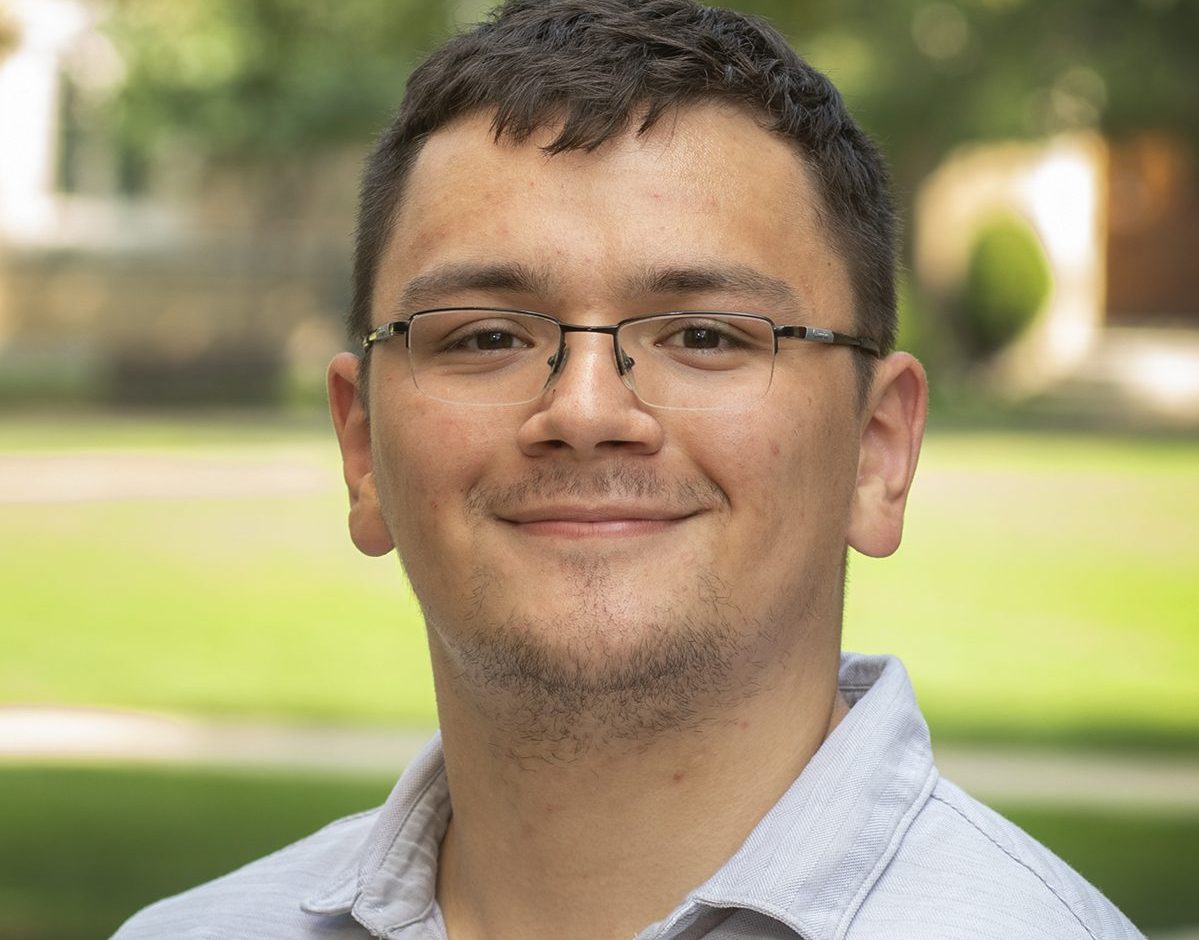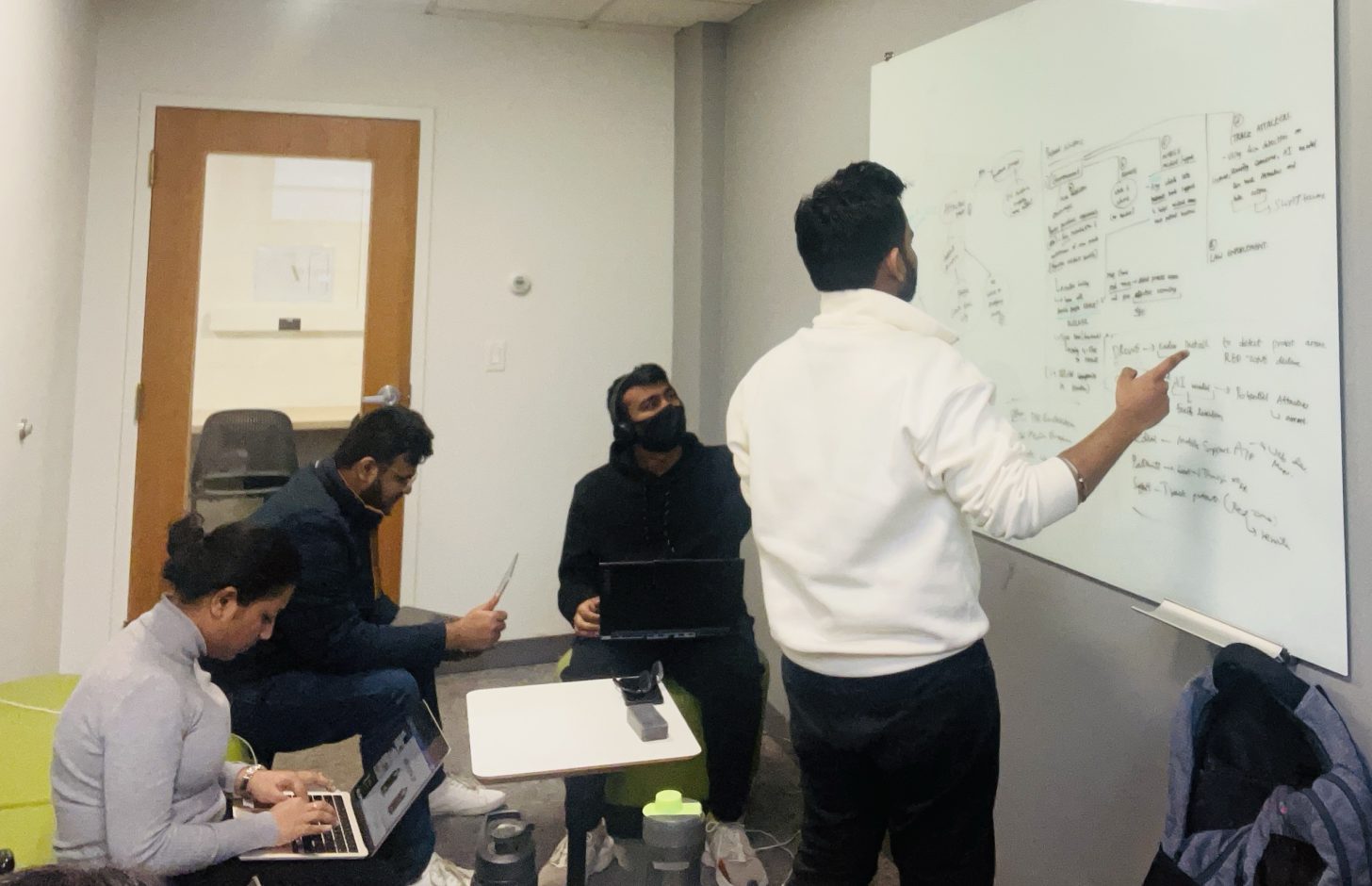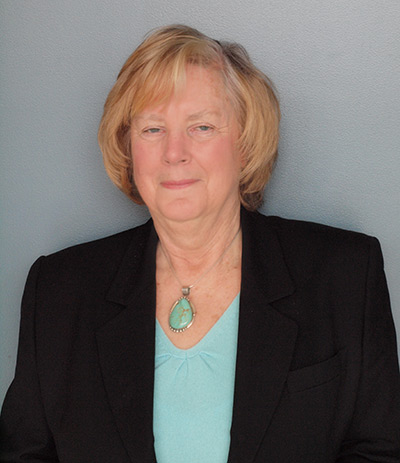


Christopher Wahl is an aspiring electrical engineering student at the University of Notre Dame, deeply involved in SENTRY as a research assistant and a member of the Student Leadership Council. He contributes to SENTRY’s Advanced Sensing Technologies research area with work on the Stationary and Aerial Based RF/Radar Detection Of Drones, Concealed Threats and Anomalous Communications project. Read on to learn about Christopher’s background, SENTRY research, and personal interests.
He holds a B.S. in Electrical Engineering from the University of Houston, specializing in Applied Electromagnetics for Telecommunications, and intends to graduate with a Ph.D. in Electrical Engineering from the University of Notre Dame in 2026. His current academic pursuits fall within the Wireless Institute, a research center within the College of Engineering at the University of Notre Dame.
Christopher brings a diverse professional background to his academic journey, having interned at the U.S. Naval Research Laboratory, where he focused on parallel optimizations for solving complex equations. As a Teaching Assistant at the University of Houston’s Cullen College of Engineering, he instructed students in data analytics and problem-solving, a topic closely related to his prior work as an Electrical Engineering Intern at CenterPoint Energy, where he conducted data analysis to identify and resolve voltage issues in transmission and distribution lines.
Currently, he works as a Research Assistant for SENTRY, dedicated to enhancing the standard of sensing technology to better protect soft targets and crowded places. Excited by the complexity of wireless spectrum usage, Christopher finds purpose in his work, knowing his efforts will impact people’s safety. “I find the field interesting and enjoy how multifaceted it is,” he shares. He elaborates on the significance of his research: “RF Radio Maps would provide another layer of situational awareness for first responders and respective stakeholders. As the world trends toward more wireless systems, spatially understanding what’s happening in the electromagnetic spectrum will become an important aspect of security.”
Looking ahead, he envisions a shift in the security landscape towards more passive security systems, aiming to replace intrusive security checks with innovative, less invasive threat detection methods. Ultimately, the findings from his research with SENTRY will integrate into the Virtual Sentry Framework, envisioned as real-time decision support systems providing more effective threat assessment, preparedness, mitigation, and response for soft targets and crowded places.
While his post-graduation career goals aren’t yet fully defined, he aspires to lead an engineering team or laboratory and engage in educational outreach. He has learned valuable lessons from his SENTRY colleagues and peers that he intends to apply to all future endeavors. Christopher explains, “The SENTRY team is extremely diverse. Subject matter experts from different fields and academic backgrounds bring unique perspectives to our research. My work with SENTRY and the SLC has challenged my way of thinking and taught me that teamwork brings out the best in everyone.”
Beyond academia, Christopher enjoys participating in local 5Ks & 10Ks with friends, gaming, and dabbling in programming scripts beyond the scope of his research. He takes great pride in his family heritage, especially his Japanese roots traced back through his grandmother, a fact that often catches his peers by surprise. Embracing this lineage, he finds joy in spending quality time with his family, and appreciating the traditions passed down through generations.

 4/25/2024
Blog Post
4/25/2024
Blog Post
 2/27/2024
Blog Post
2/27/2024
Blog Post
 2/13/2024
Blog Post
2/13/2024
Blog Post